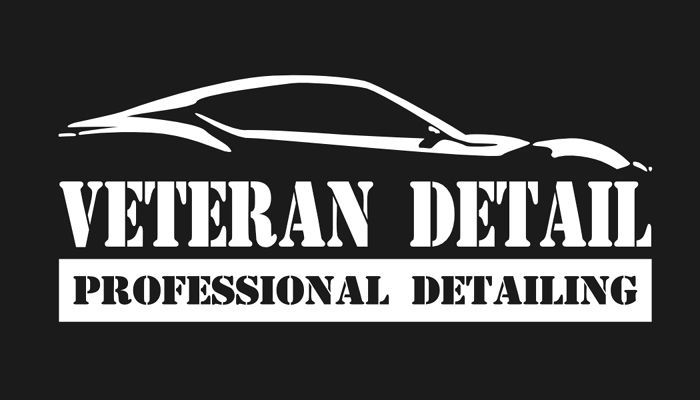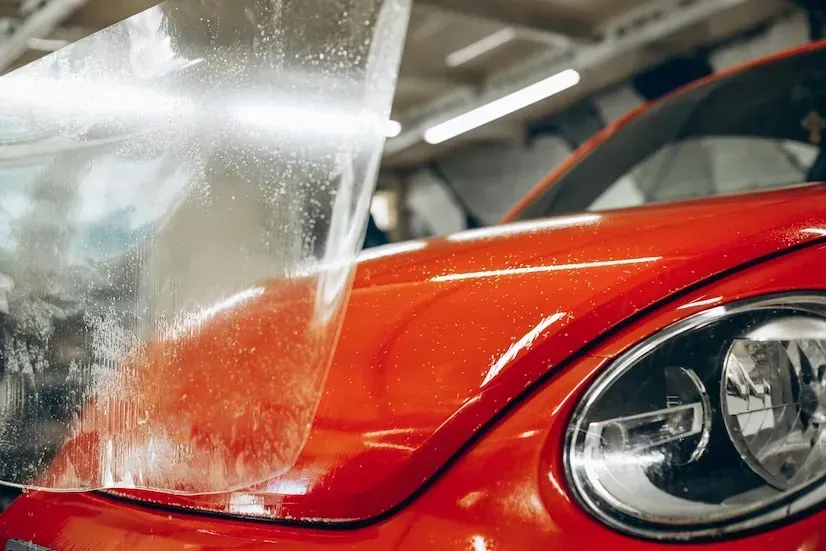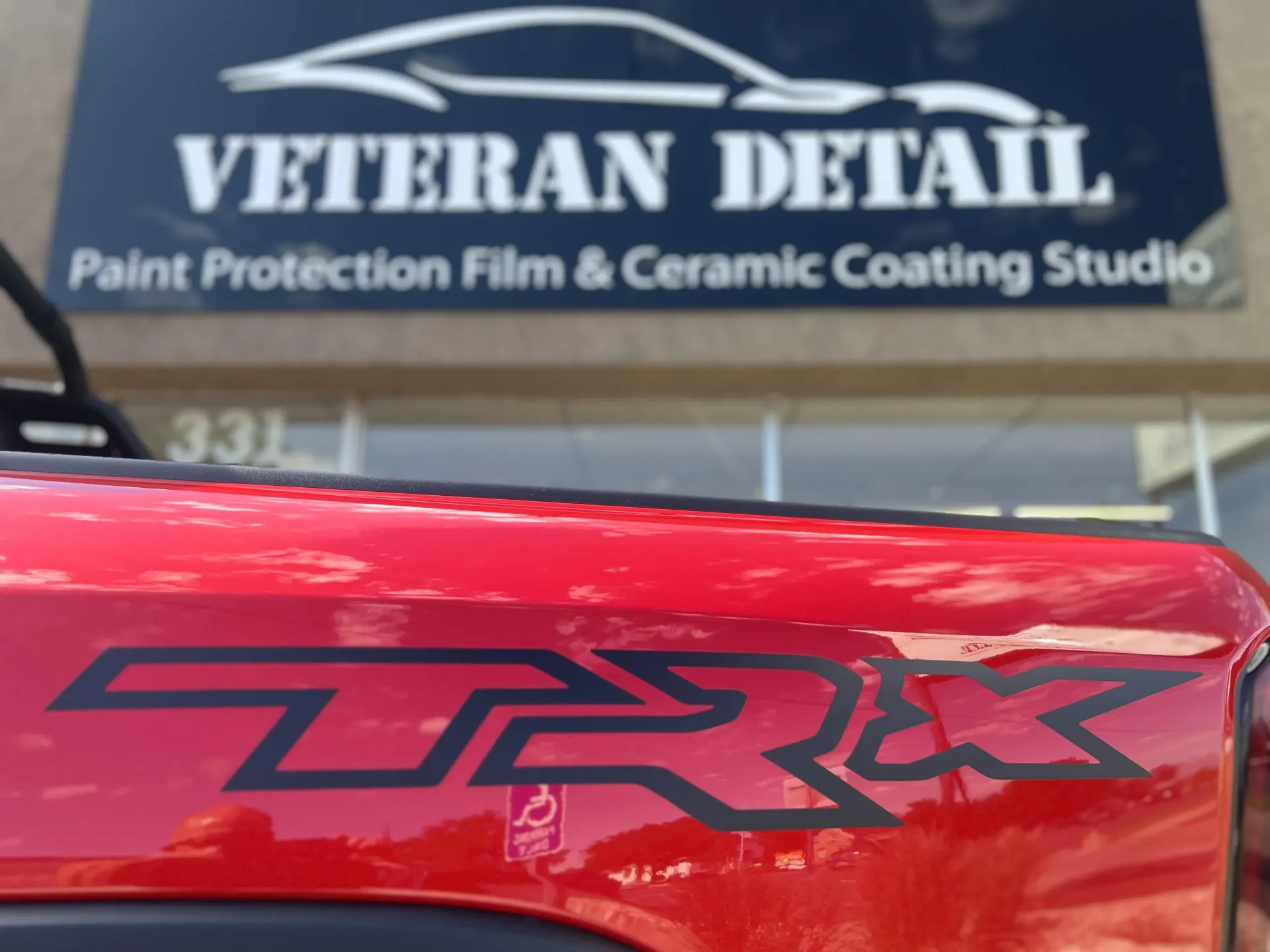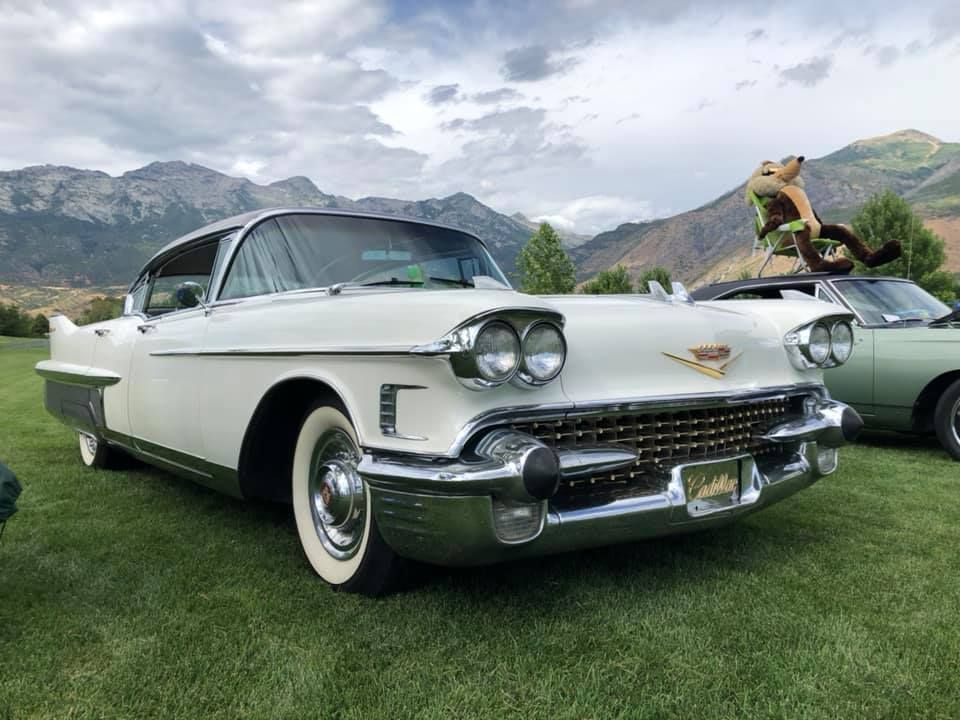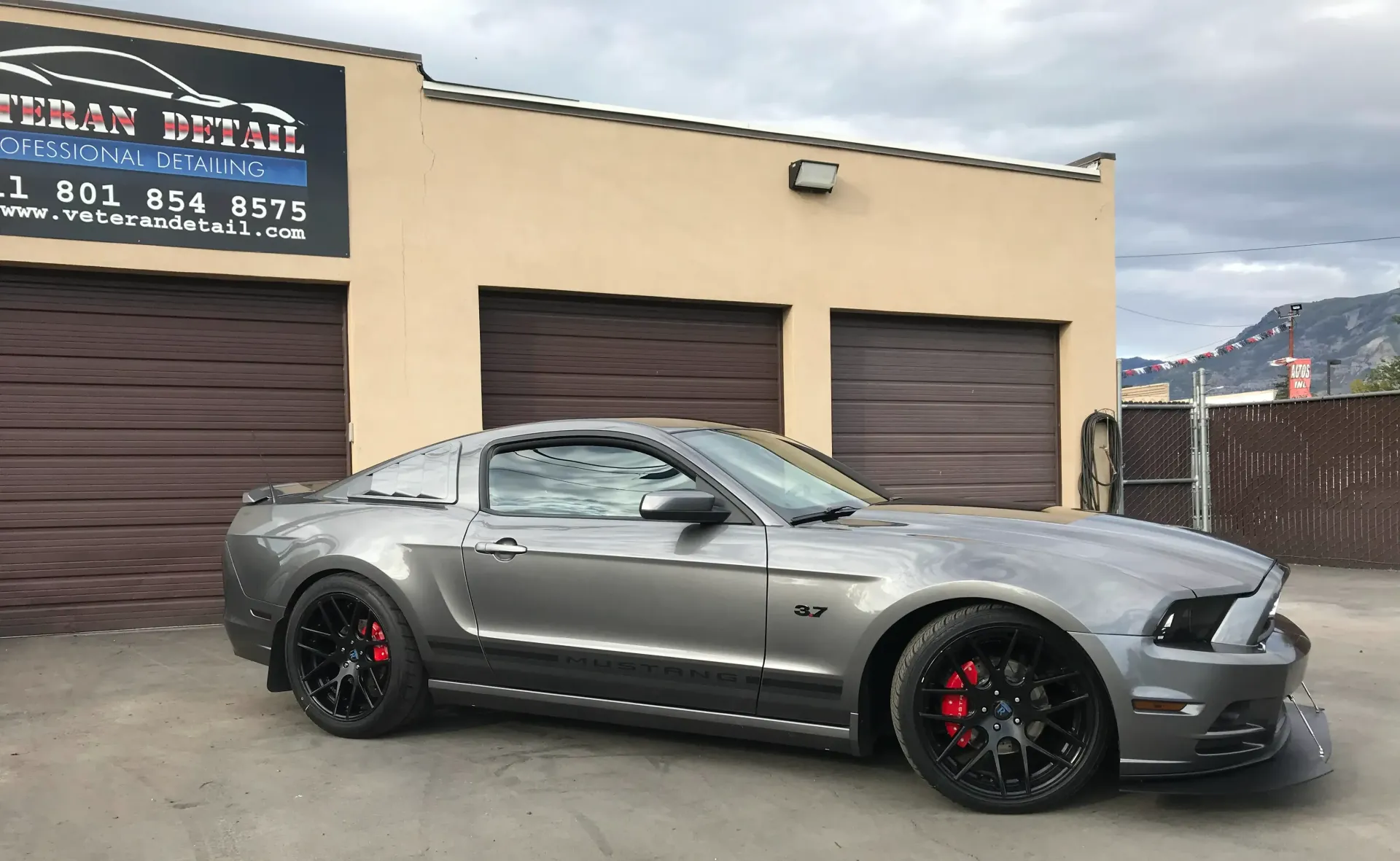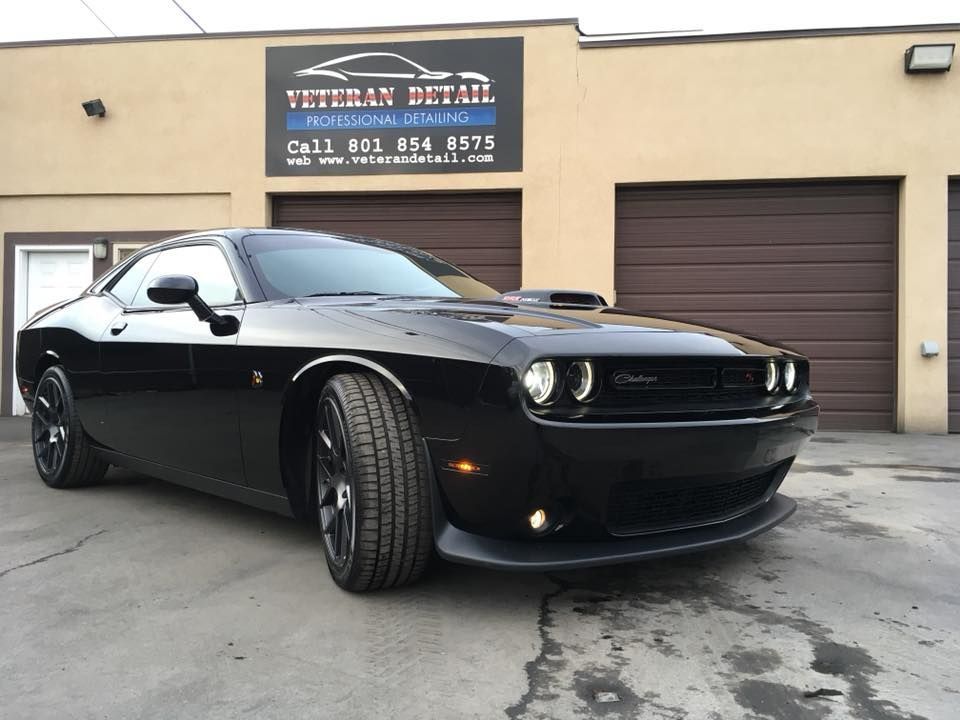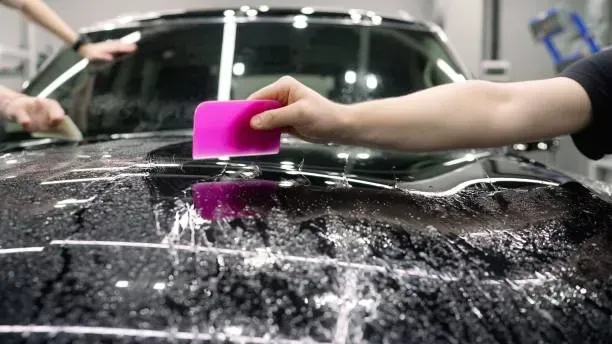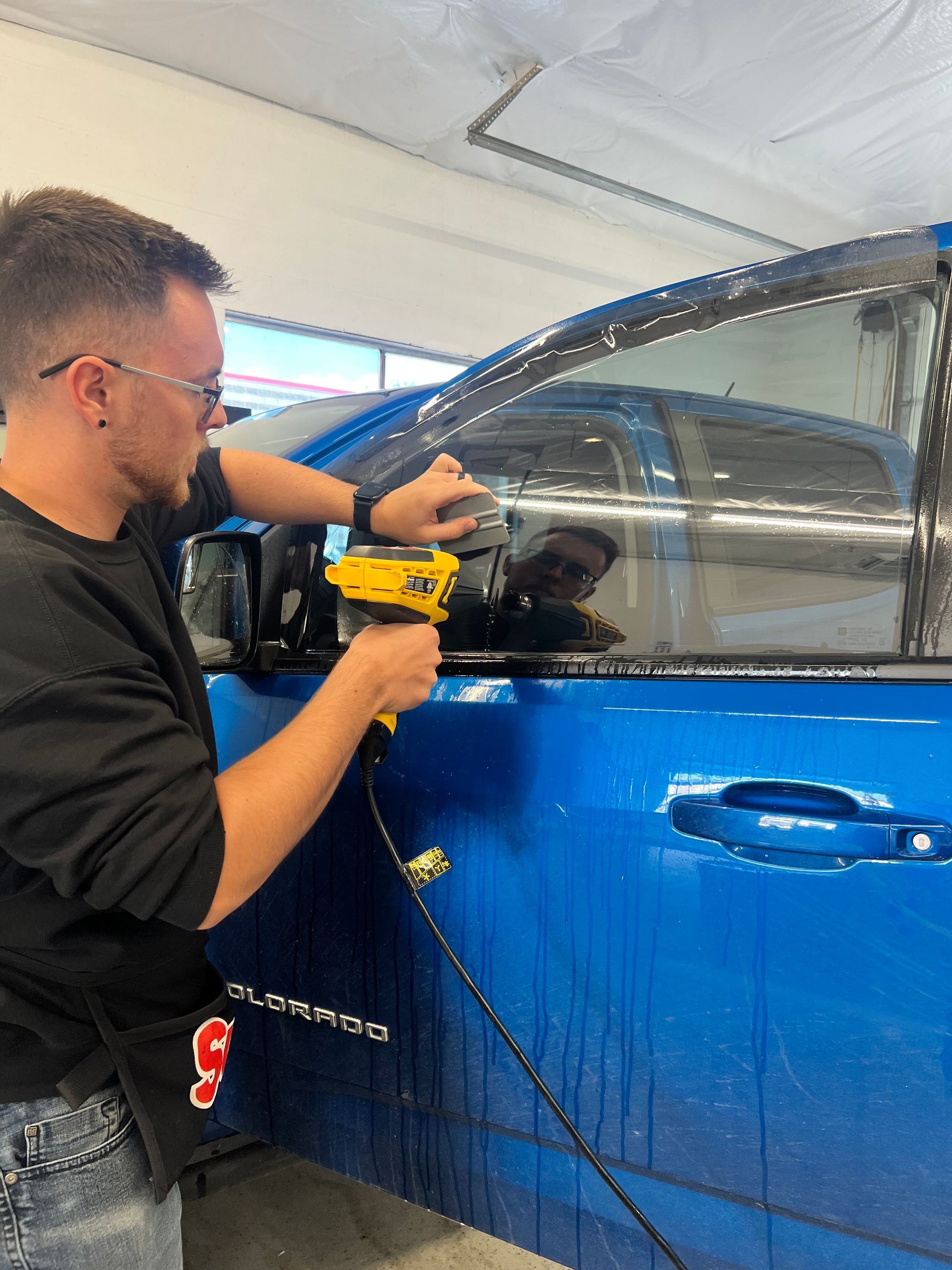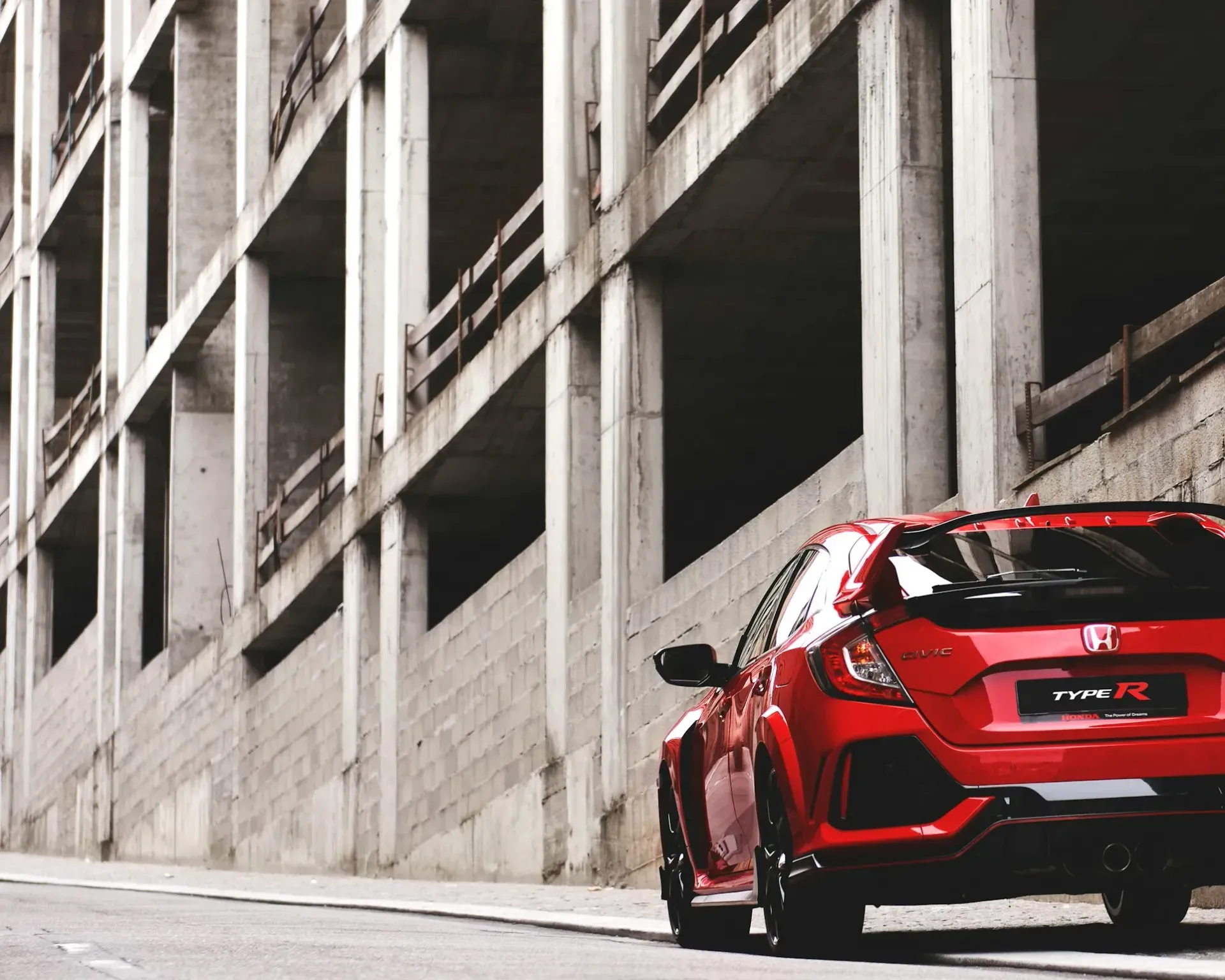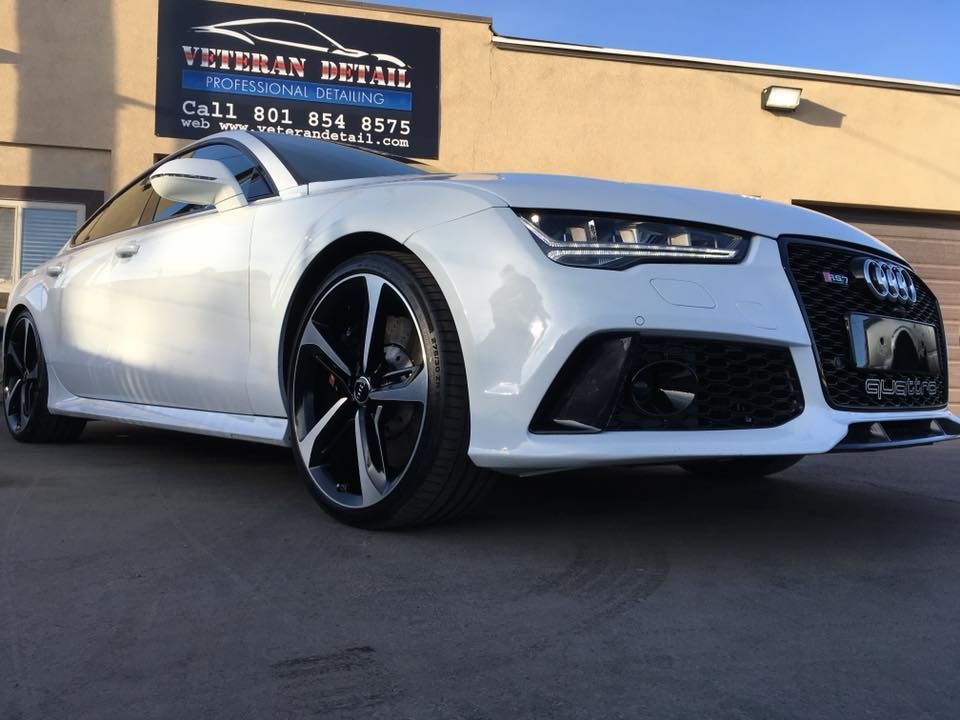
How Long Does PPF Last | When Should You Replace Paint Protection Film
Paint protection film (PPF) is a go-to for keeping your car’s paint safe from everyday damage. It shields your car from things like road debris and harmful UV rays. But how long does PPF last? And how often should you replace it?
These are important questions, especially if you want to avoid unnecessary repairs or keep your car looking sharp. In this FAQ guide, we’ll cover how long you can expect your PPF to last, signs that it’s time for a replacement, and what you can do to make it last longer.
What is Paint Protection Film (PPF) and Why is It Important?
Paint protection film (PPF) is a clear, thin layer applied to your car’s surface to protect the paint from damage. It’s designed to take the hits your car would normally get from rocks, road debris, and even bug splatter. PPF also acts as a shield against UV rays that can cause fading over time.
So, why is it important? Simple—it saves your car’s paint job from wear and tear, keeping your car looking new longer. Plus, it helps maintain the resale value of your car. A well-maintained exterior can make a big difference when you’re ready to sell or trade it in.
How Long Does Paint Protection Film (PPF) Last?
On average, PPF can last anywhere between 5 to 10 years. The exact lifespan depends on a few factors, like the quality of the film, how well it’s maintained, and the conditions it’s exposed to.
For example, if your car spends a lot of time in direct sunlight or you drive through rough environments, the PPF might wear out faster. However, high-quality PPF and regular care can help it last on the longer end of that range. Some premium films even come with warranties that cover up to 10 years of use.
The key to making PPF last is good maintenance. If you take care of it properly, you can stretch its lifespan and get the most out of your investment.
How Often Should You Replace Paint Protection Film (PPF)?
You should consider replacing PPF every 5 to 10 years, depending on how well it holds up. If you notice signs of wear—like yellowing, peeling, or bubbling—it’s time for a replacement. While PPF is designed to be durable, it won't last forever.
Environmental factors play a big role here. If your car is constantly exposed to harsh sun, rough roads, or extreme weather, you might need to replace the PPF sooner. On the other hand, a well-maintained car driven in milder conditions can go the full 10 years before needing new film.
Keep an eye on the film’s condition and don’t wait too long to replace it. Worn-out PPF won’t provide the protection your car needs, and leaving it on too long can even damage your paint.
Key Signs It’s Time to Replace Your PPF
There are a few clear signs that it’s time to replace your paint protection film. Keep an eye out for the following:
- Yellowing: If your PPF starts to turn yellow, it’s likely due to sun exposure or age. This is a sign the film is breaking down and losing its protective abilities.
- Peeling or Lifting Edges: When the edges of the PPF begin to peel or lift, it’s no longer fully adhering to your car’s surface. This can allow dirt and moisture to get trapped underneath, potentially damaging the paint.
- Bubbling: Air bubbles or blisters under the film are another clear indicator that it’s failing. These bubbles can occur due to poor installation or long-term wear.
- Scratches or Damage: If the PPF has deep scratches, dents, or cracks, it’s not providing the protection it should. Replace it before more damage occurs to your car’s paint.
Checking your PPF regularly can help you catch these issues early and replace the film before it causes further problems.
How to Extend the Lifespan of Your PPF
Keeping your PPF in good shape is key to making it last as long as possible. Here are a few simple tips to help extend its lifespan:
- Wash Regularly: Keep your car clean by washing it regularly, but avoid harsh chemicals. Stick to mild soap and water to prevent damaging the film.
- Avoid Pressure Washing: High-pressure washers can lift the edges of the PPF and cause it to peel. If you do use one, keep the nozzle at a safe distance.
- Park in the Shade: Whenever possible, park in a garage or shaded area to limit sun exposure. UV rays can break down PPF over time, causing it to yellow or crack.
- Get Professional Inspections: Have a professional check the condition of your PPF from time to time, especially if you notice any issues like bubbling or peeling. Catching small problems early can prevent bigger issues later on.
By following these steps, you can keep your PPF in top condition and get the most out of your investment.
What Does PPF Replacement Cost?
The cost to replace paint protection film (PPF) can vary depending on several factors, such as the size of the vehicle, the type of film used, and the labor involved. On average, you can expect to pay between $500 to $5,000.
Here’s a quick breakdown of what affects the cost:
- Vehicle Size: Larger vehicles like trucks or SUVs will cost more to cover than smaller cars.
- Quality of Film: Premium PPF options, which often come with longer warranties and better durability, can be more expensive upfront but may save money in the long run.
- Coverage Area: Whether you choose to cover only the most vulnerable areas (like the front bumper and hood) or opt for full-body coverage will significantly impact the price.
- Labor Costs: Professional installation is essential for getting the best protection and ensuring the film adheres properly. Labor rates can vary based on your location and the experience of the installer.
While PPF replacement may seem like a hefty investment, it’s far cheaper than repainting your car after years of wear and tear.
Conclusion
Paint protection film (PPF) is a great investment to keep your car looking new and protected from the daily wear and tear of the road. Knowing how long PPF lasts and when to replace it helps you avoid unnecessary damage and keep your vehicle in top shape. By recognizing signs like yellowing or peeling and maintaining the film properly, you can extend its lifespan and maximize its value.
If you’re in Utah County and need expert PPF installation, replacement, or any other detailing services, Veteran Detail has you covered. Serving areas like American Fork, Pleasant Grove, Orem, Provo, Alpine, Highland, Lehi, and Saratoga Springs, they specialize in car detailing, paint protection film, ceramic coating, classic car detailing, window tinting, and Black Ops services. With their professional touch, your car will get the care it deserves, ensuring it stays protected and looking its best for years to come.
Contact Veteran Detail today to learn more about their services and how they can help keep your vehicle in pristine condition.
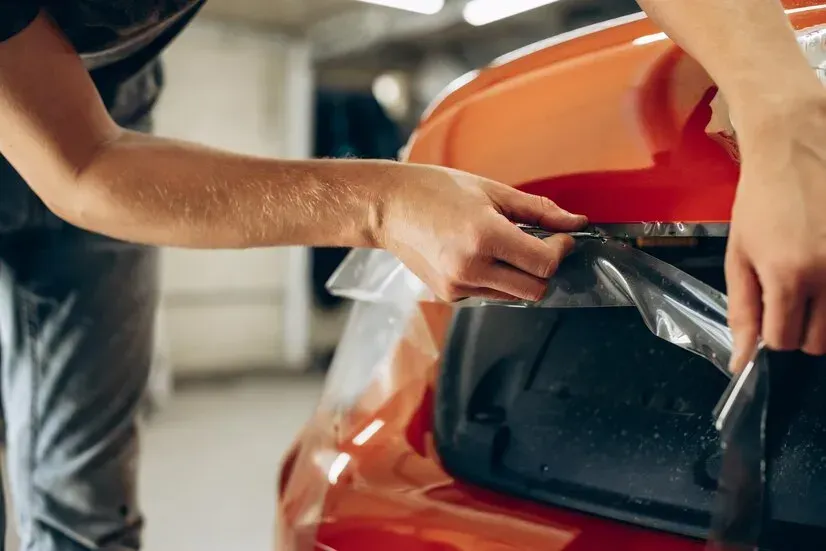
WHAT OUR CUSTOMERS HAVE TO SAY.
At
Veteran Detail we pride ourselves on providing outstanding Customer Service, and our ability to put right every little detail.
IS YOUR VEHICLE IN NEED OF SOME ATTENTION?
Book your next Detailing Requirements with
Veteran Detail. We are sure you will not be disappointed.
We have Packages to suit all your requirements Large or Small.
CALL 801–854–8575 TODAY
Contact Us
We will get back to you as soon as possible
Please try again later
331 W Main Street,
American Fork,
Utah
TEL:
801 – 854 – 8575
FAX: 801 – 756 – 6805
Timings
Detail/Shop Hours
- Mon - Fri
- -
- Saturday
- -
- Sunday
- Closed
Quick Menu
